-

One million EVs and counting
© Beaulieu Motor MuseumEarlier this year, the Society of Motor Manufacturers and Traders (SMMT) announced that Britain’s millionth electric vehicle had hit the road. It’s fair to say that the EV has come a long way in recent years, but we’re not here to celebrate the electric cars of today. Instead, let’s look back at some of the electric pioneers, several of which made it into series production.
-

Sinclair C5
© Simply ElectricTechnically, the C5 was a tricycle with a part-time 12-volt motor, but Sinclair Vehicles opted to market it as a car. A big mistake, given the C5’s 15mph top speed and almost complete absence of protection from the elements. And that’s before you factor in the vulnerability of the driver when tussling with other road users, not to mention the official 20 miles of range (more like 10 miles in reality). It was the first electric ‘car’ to be sold on the open market, but today, it simply proves how far EVs have progressed in four decades.
-
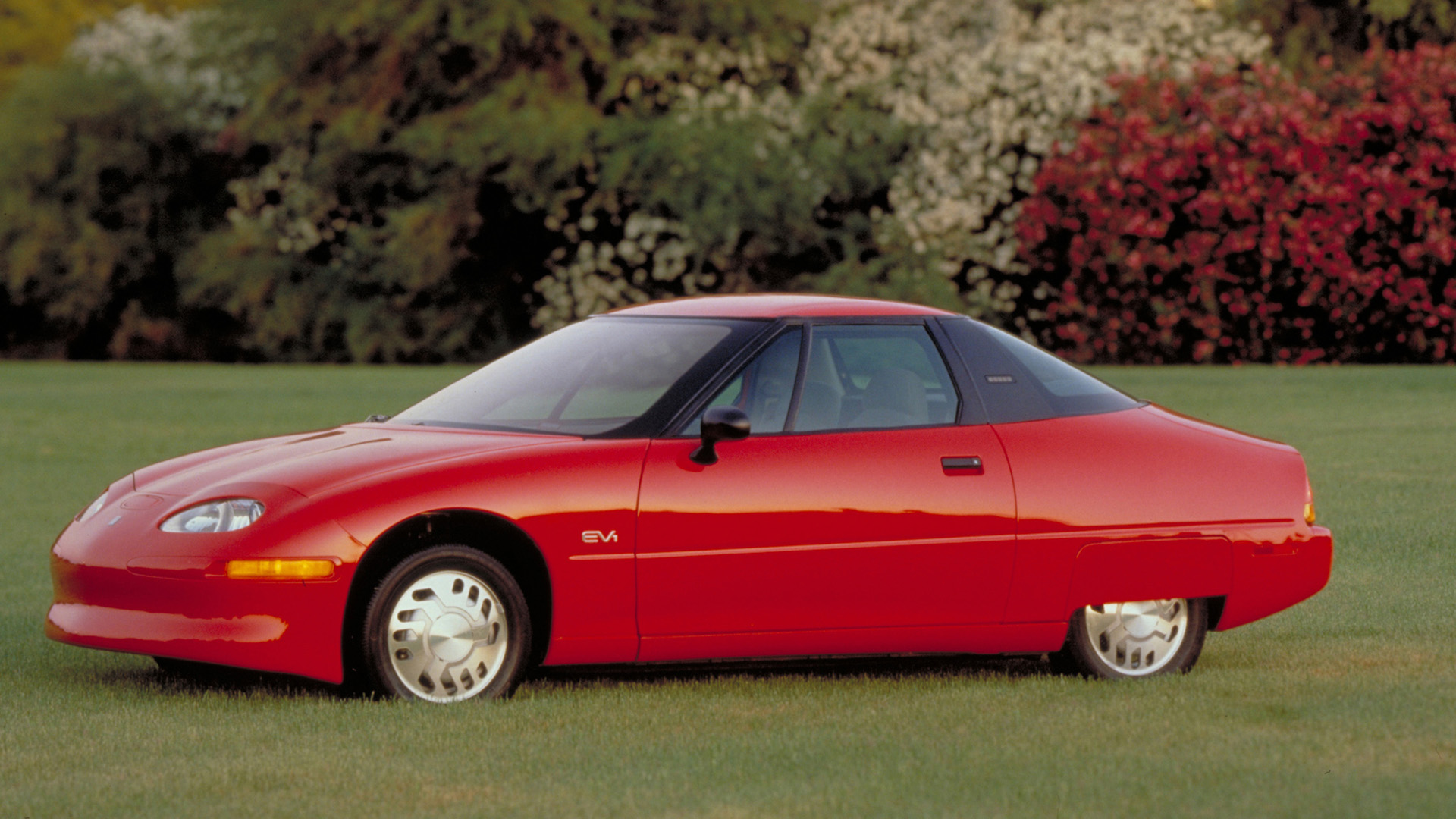
General Motors EV1
© GMA decade after Sir Clive Sinclair tried and failed to create an electric car for the masses, General Motors launched the world’s first mass-produced, purpose-built EV. Drivers could lease the GM EV1 for $500 a month, but the company lost money on every car it built, sinking a reported $350 million (£277 million) into the project. The EV1 was actually a good electric vehicle; later versions could deliver up to 140 miles of range and it could hit 60mph in around eight seconds. However, the world wasn’t ready to embrace the EV revolution, so the majority of cars were recalled to be crushed.
-
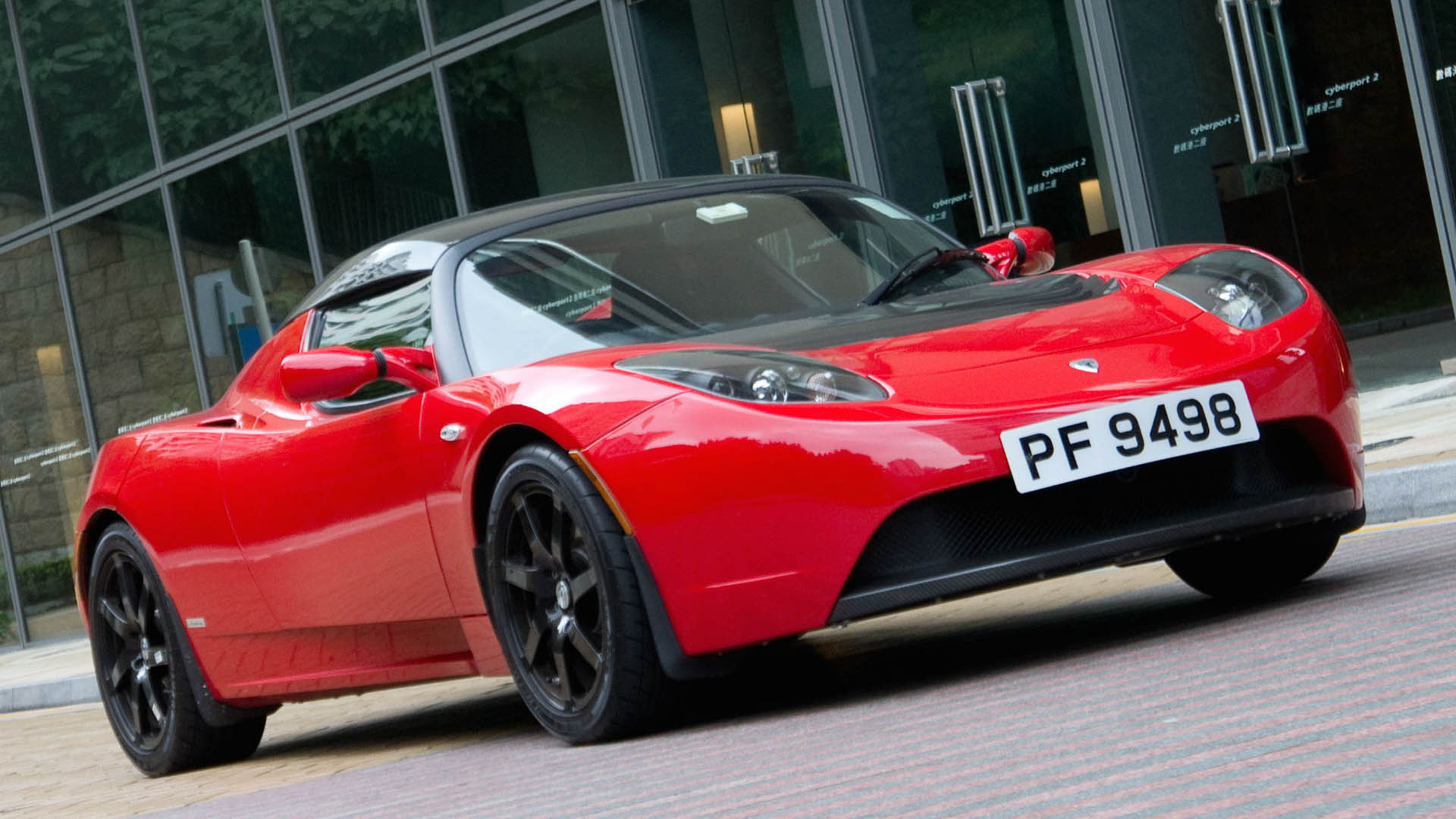
Tesla Roadster
© TeslaIs the Tesla Roadster too modern to be considered a classic? Perhaps, but 2008 feels like the dark ages in light of the current electric car revolution. Famously based on a Lotus Elise chassis, Tesla’s two-seat sports car was the first all-electric car to feature lithium-ion batteries and the first to travel more than 200 miles on a single charge. Just 2,400 examples of the Roadster were built, yet this was a hugely significant car – not only for Tesla, but for the entire EV industry.
-
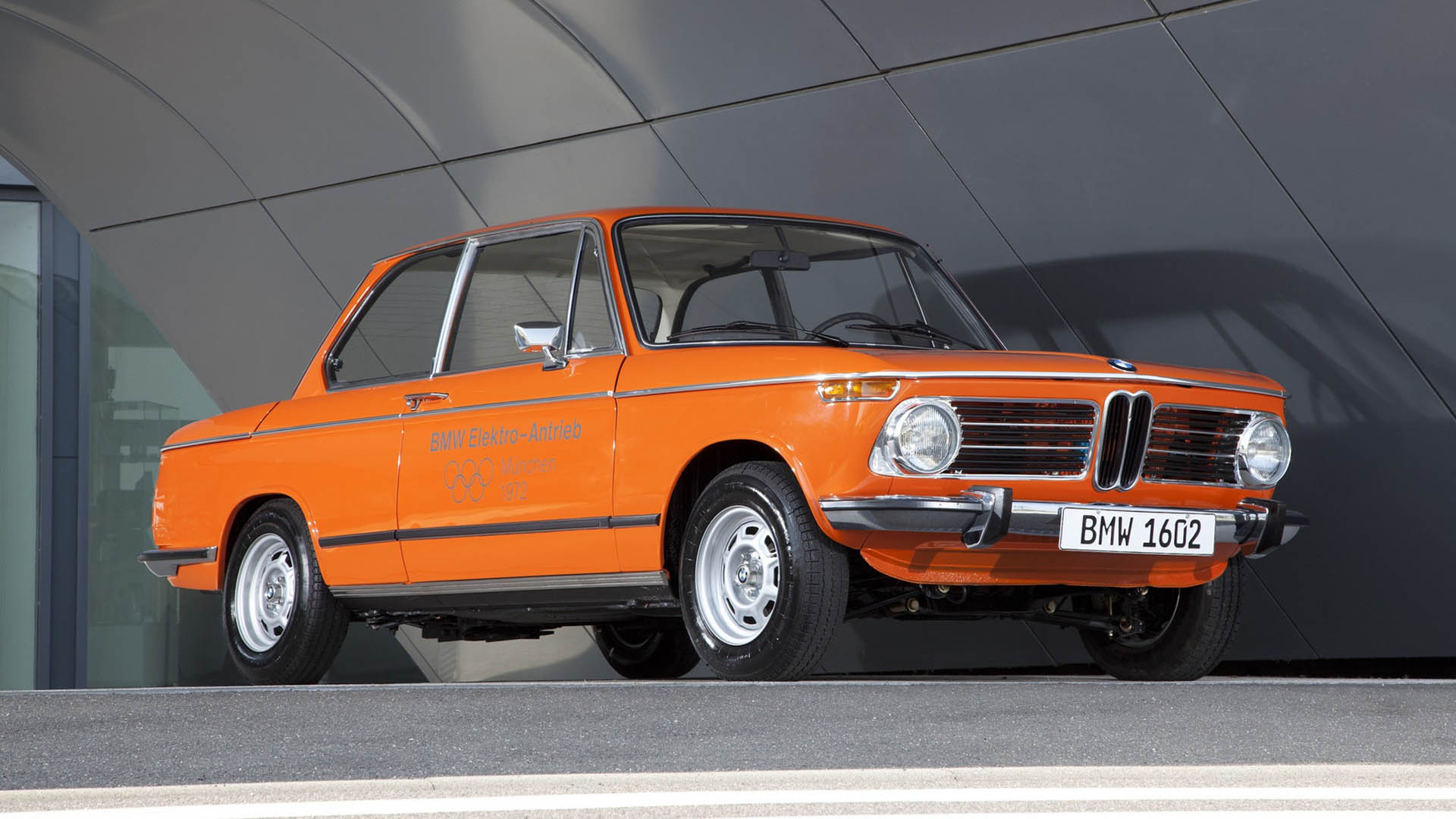
BMW 1602 Electric
© BMWBMW’s electric car history dates back to 1969 and the development of two experimental vehicles based on the 02 Series. The cars featured a 32kW electric motor developed by Bosch and 12-volt lead-acid batteries from Varta, with the latter weighing a hefty 350kg. It could hit 50mph from a standstill in eight seconds, achieve a top speed of 62mph, and travel for 19 miles in the city. The prototypes were used as support vehicles at the 1972 Olympic Games in Munich.
-
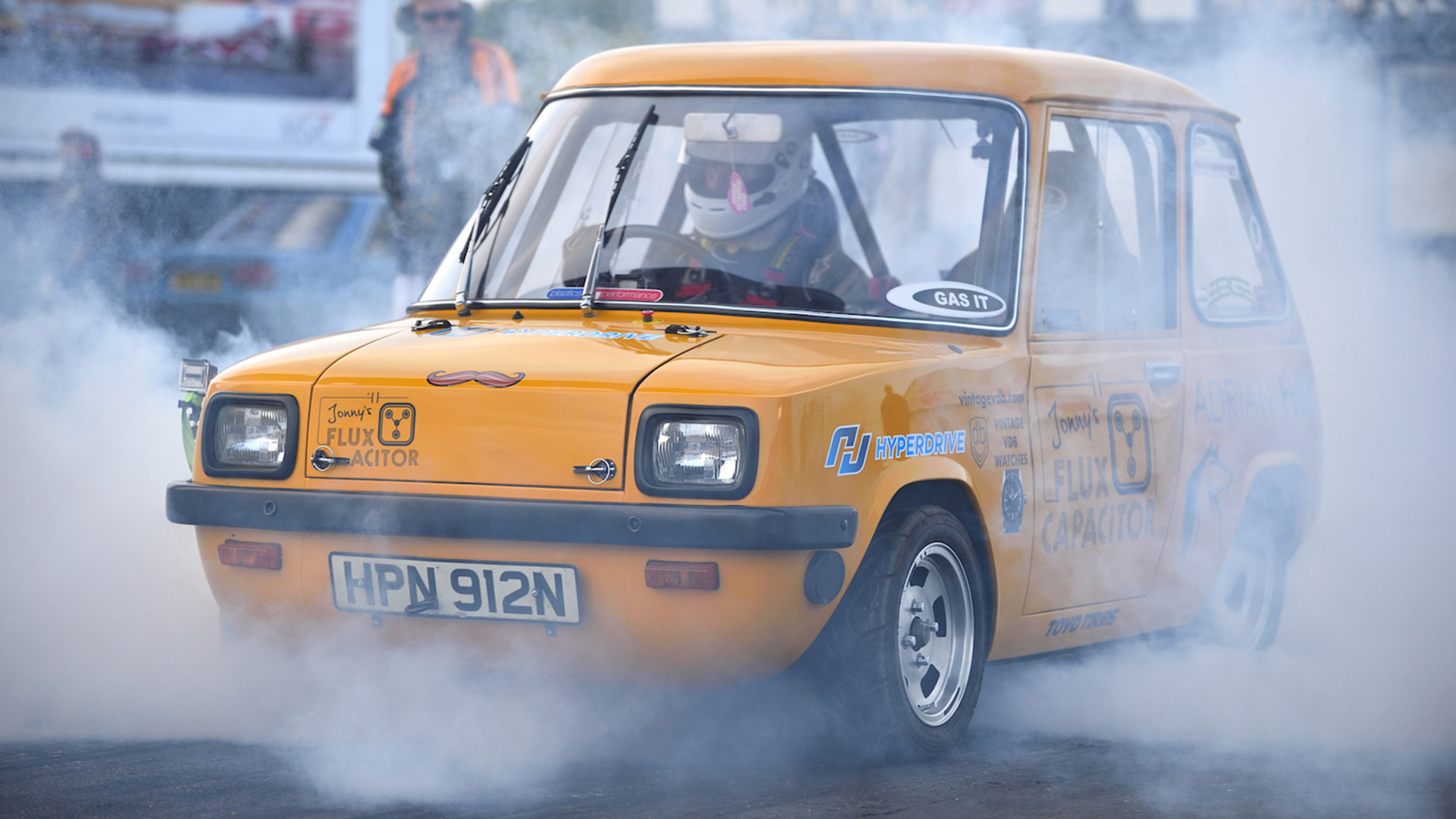
Enfield 8000
© Adrian FluxThe Enfield 8000 was a result of a competition run by the UK Electricity Council, which involved companies submitting proposals for an electric vehicle. The little two-seater arrived in 1973, with 120 cars built on the Isle of Wight – 65 of which were used by the Electricity Council and electricity boards of southern England. It got a new lease of life in 2016 when Jonny Smith’s Flux Capacitor (pictured) became the world’s fastest road-legal electric car.
-

BMW E1 and E2
© BMWLook up the BMW i3’s family tree and you’ll find the E1 and E2. Developed by BMW Technik – the same company that delivered the Z1 sports car – the E1 of 1991 was designed to deliver performance suitable for daily driving, a reasonable range, space for four adults and their luggage, and high levels of safety. The batteries could be recharged in six hours when plugged into the mains (two hours via a charging station) and could deliver 100 miles of range. The E2 followed in 1993, but neither car made it into production.
-
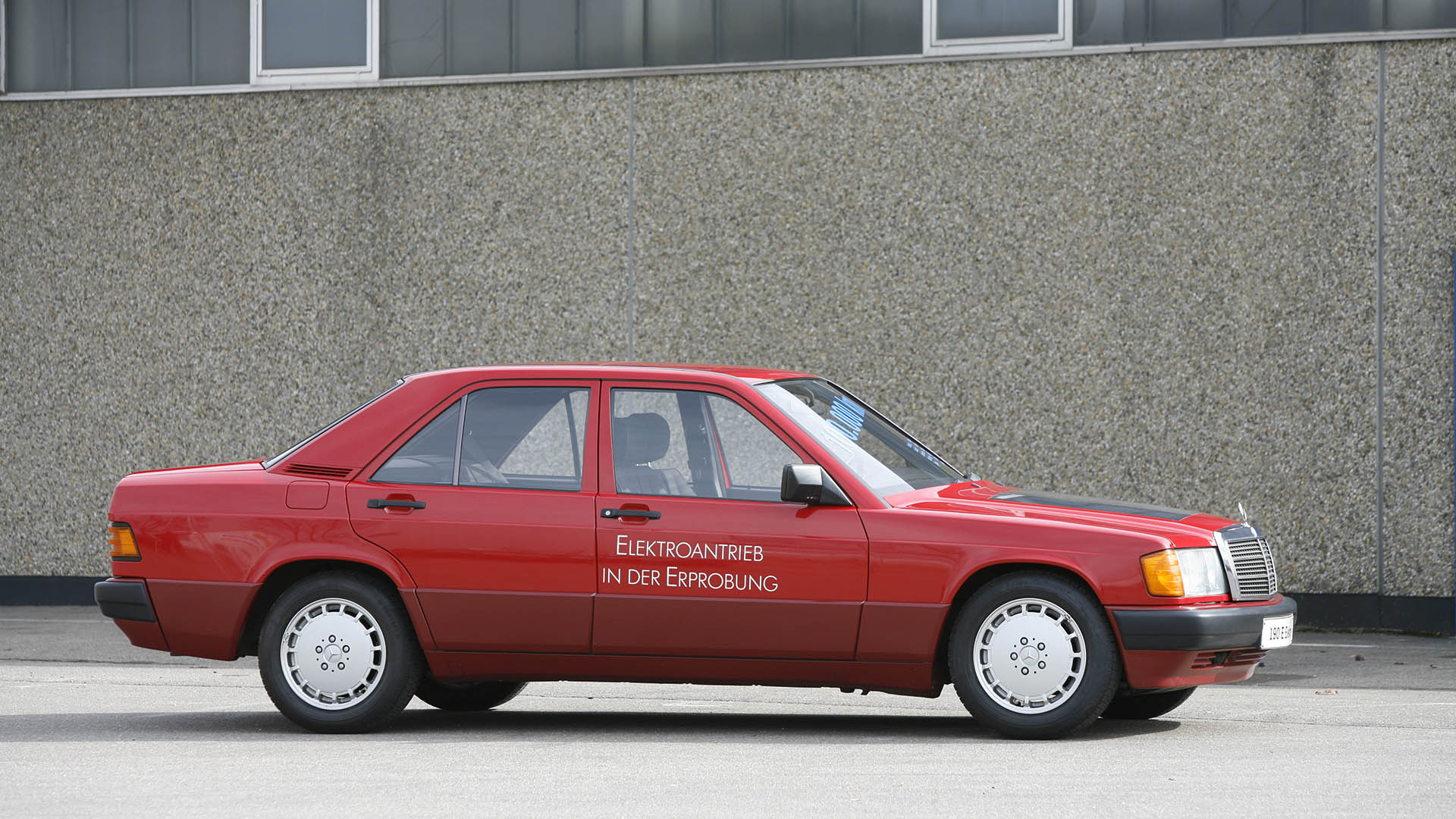
Mercedes-Benz 190E Electro
© Mercedes-BenzUnveiled at the 1991 Geneva Motor Show, the Mercedes-Benz 190E Electro featured a pair of DC permanent magnet motors and a sodium-nickel chloride battery. Thanks to several weight-saving measures, the electric 190E weighed just 200kg more than the regular car, which contributed to a driving range of 68 miles. The test cars proved to be extremely reliable, with one car completing 62,000 miles in a single year.
-
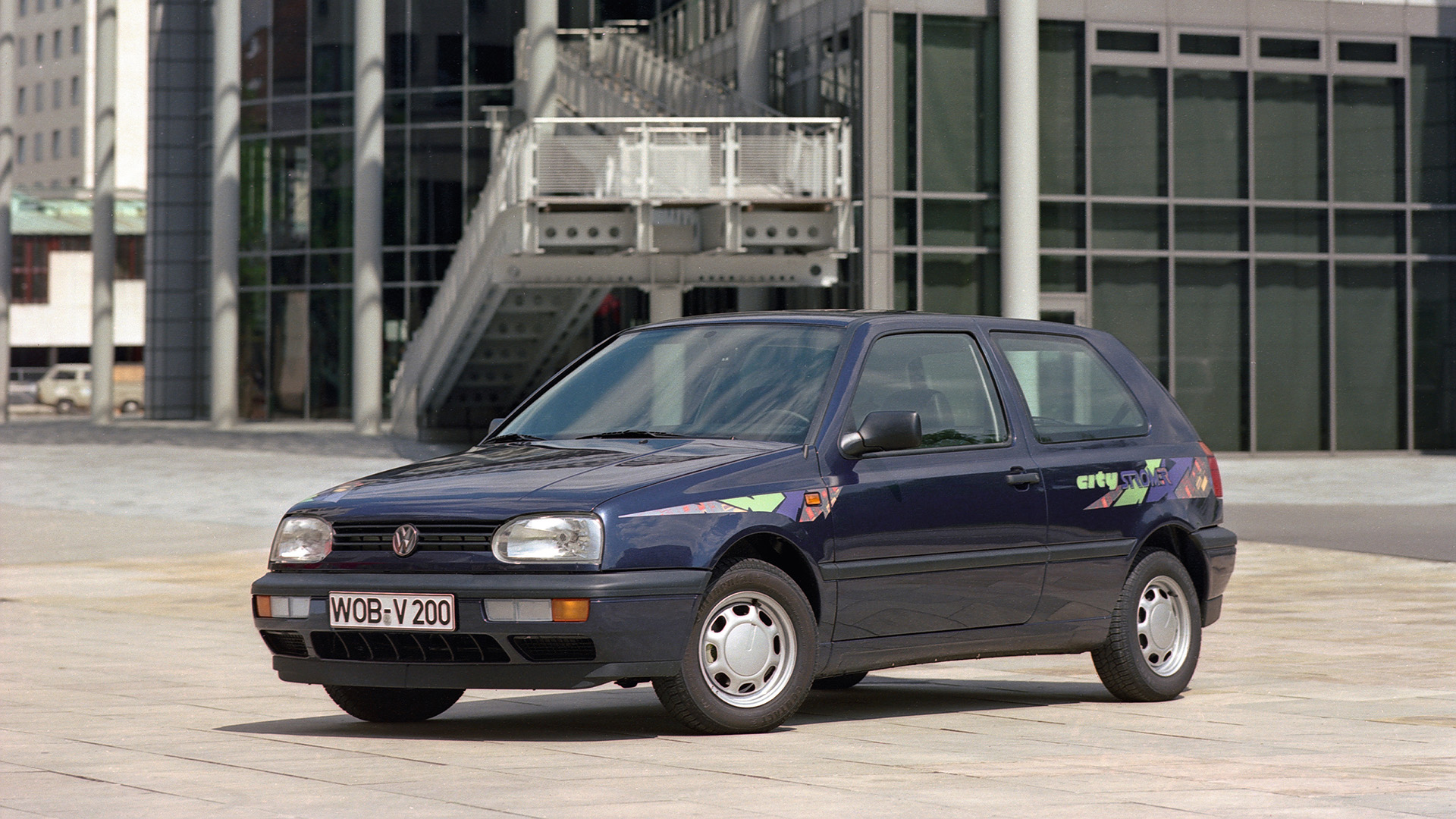
Volkswagen CitySTROMer
© VWThe Mk1 Golf CitySTROMer of 1981 wasn’t Volkswagen’s first electric vehicle; the Elektro-Bus of 1972 had a short production run of around 120 vehicles and could achieve 25 miles of range. But the 1976 electric Golf was better, featuring a 27hp electric motor and 16.6-volt lead-acid battery pack for a range of 31 miles. Next came the Mk1 Golf CitySTROMer (‘strom’ is German for electricity), which offered 37 miles of range. CitySTROMer versions of the Mk2 Golf and Jetta followed, along with a Mk3 Golf (pictured), which was good for 55 miles of range.
-
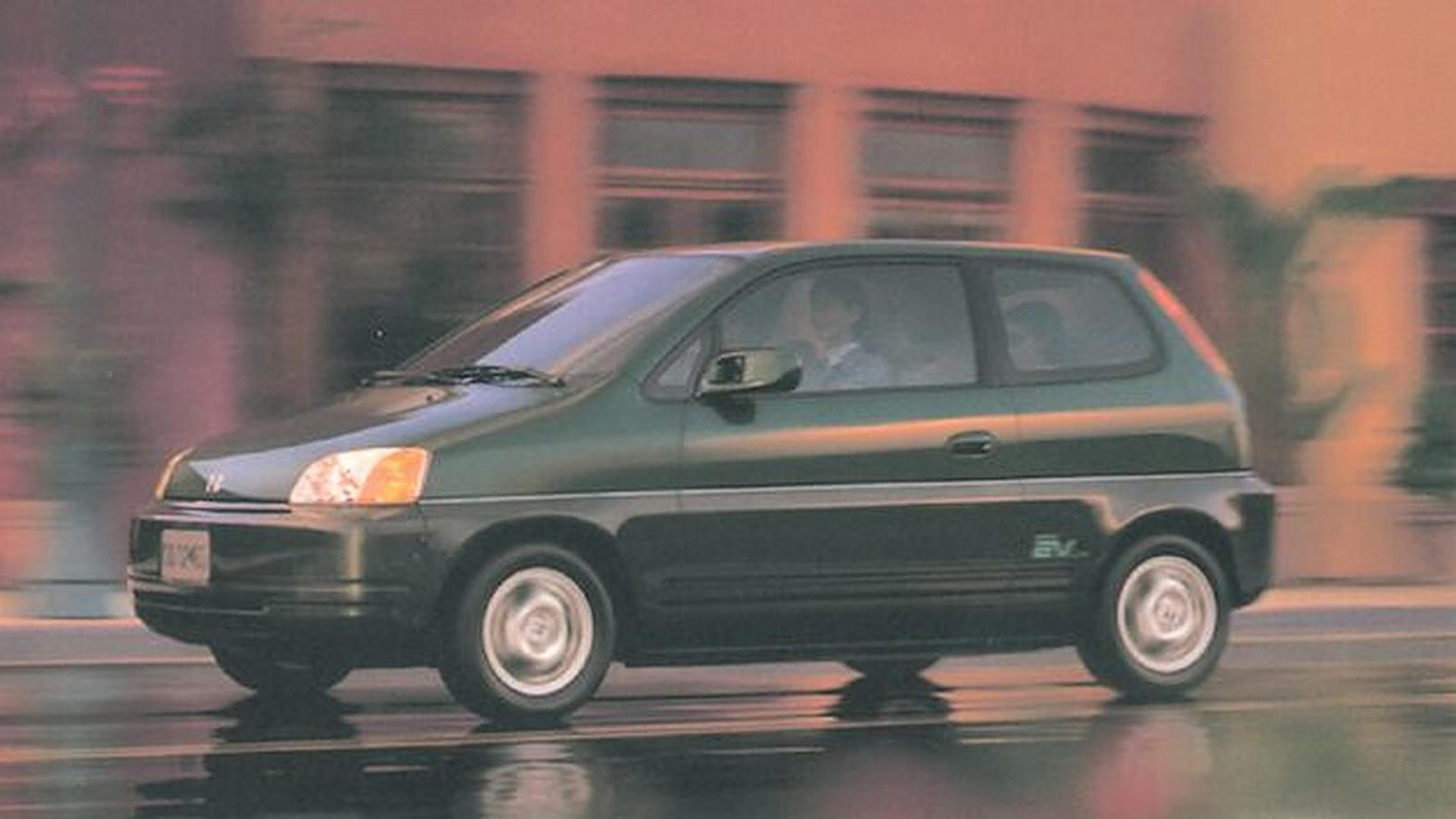
Honda EV Plus
© HondaBelieve it or not, the Honda EV Plus shares quite a lot in common with the GM EV1, and not just because they’re products of the 1990s. Both were essentially compliance cars built to satisfy the demands of the California Air Resources Board (CARB), and both could be leased from their respective manufacturers. In Honda’s case, the price was $455 a month. The EV Plus was the first electric car from a mainstream manufacturer to feature a nickel-metal hydride battery, which delivered an official 81 miles of range.
-
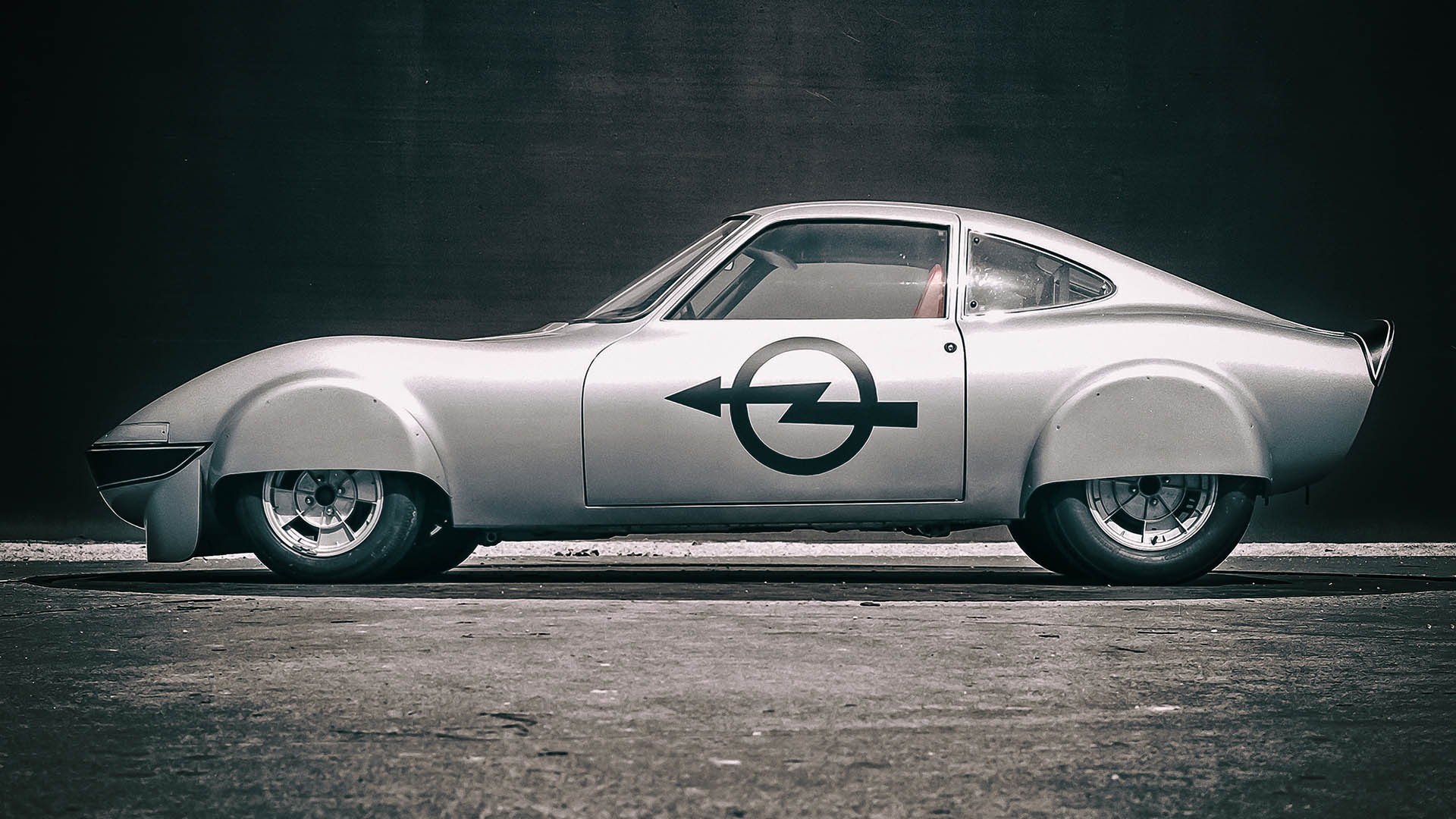
Opel Elektro GT
© OpelAs the name suggests, the Elektro GT was based on the Opel GT, but rather than having a four-cylinder engine, the electric car featured a pair of Bosch DC motors and four nickel-cadmium Varta batteries. These added 590kg to the weight of the car, meaning the formerly lightweight sports car tipped the scales at the equivalent of an Opel Diplomat B luxury saloon. Despite this, the Elektro GT set six speed records for electrically powered cars.
-
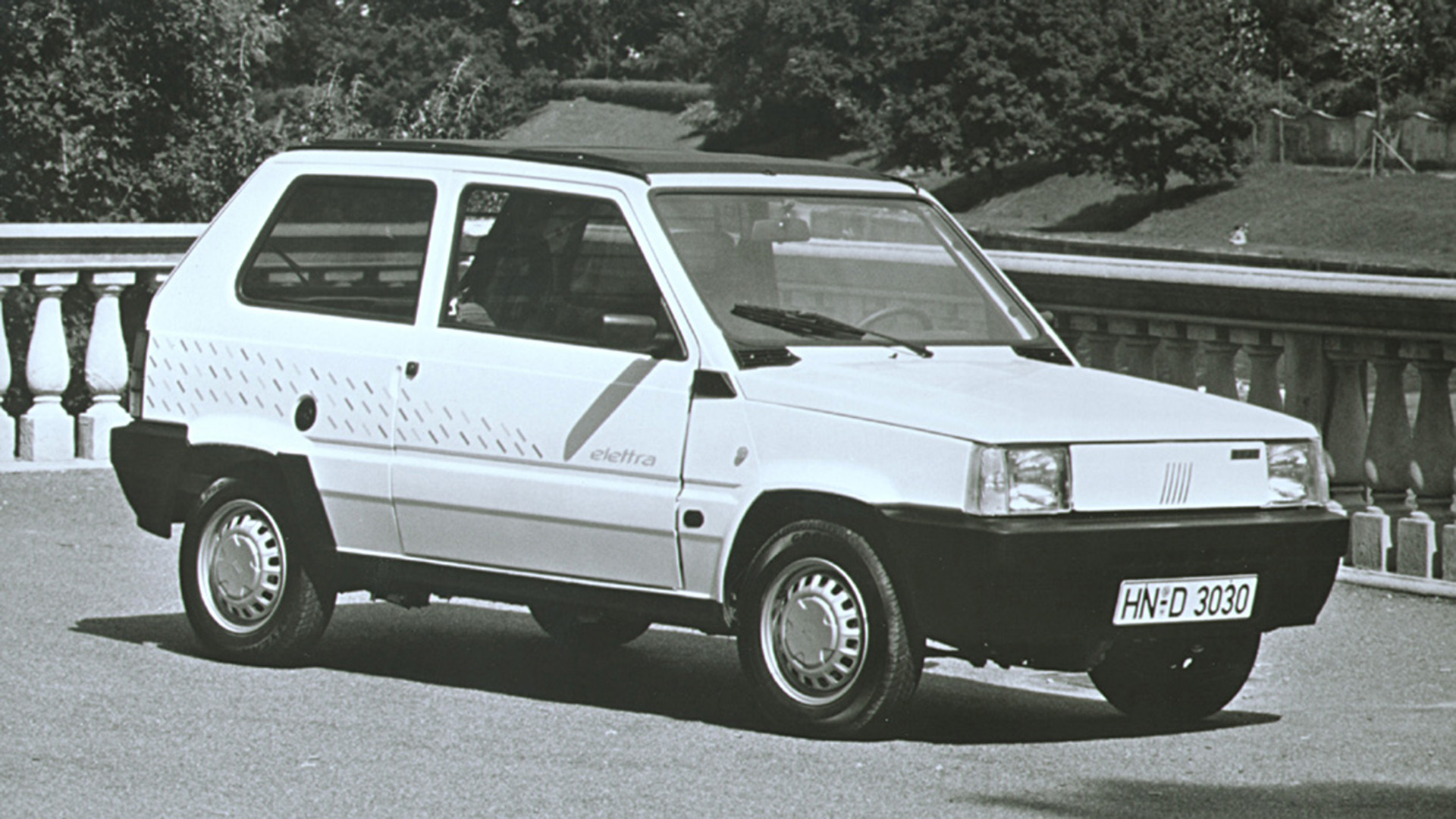
Fiat Panda Elettra
© FiatLike the Fiat Panda 4×4, the Elettra was developed in partnership with the Austrian company Steyr-Puch. It was based on a standard Panda CL, but the 750 Fire engine was replaced by a 9.2kW DC electric motor and a dozen six-volt lead-acid batteries. With the rear seats removed, the Panda Elettra only offered space for two people, while the batteries – which could be recharged in eight hours via a domestic socket – delivered an official 100 miles of range.
-
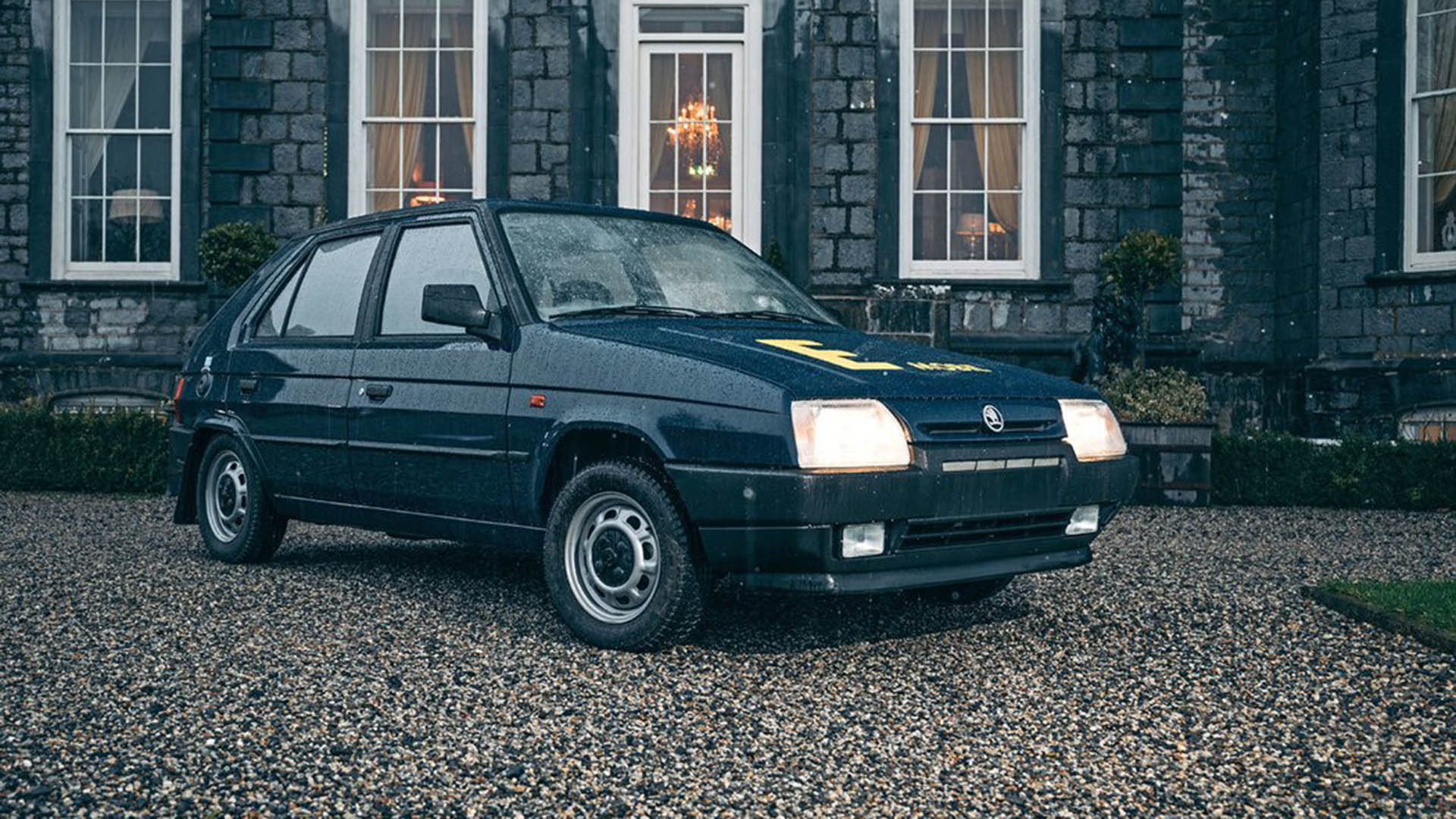
Skoda Eltra 151L
© SkodaIn 1908, Skoda launched the Laurin & Klement E, which used a 28hp petrol engine to generate electricity, making it the world’s first petrol-electric hybrid. Electric beer trucks followed in the 1930s, while in 1941, Skoda created the PUCK electric car for children. Between 1991 and 1993, it built around 100 Eltra 150L models (seen here). Based on the Favorit, they were designed for the Swiss market and featured a 15.4kW electric motor and a bank of lead-acid batteries that offered 50 miles of range.
-
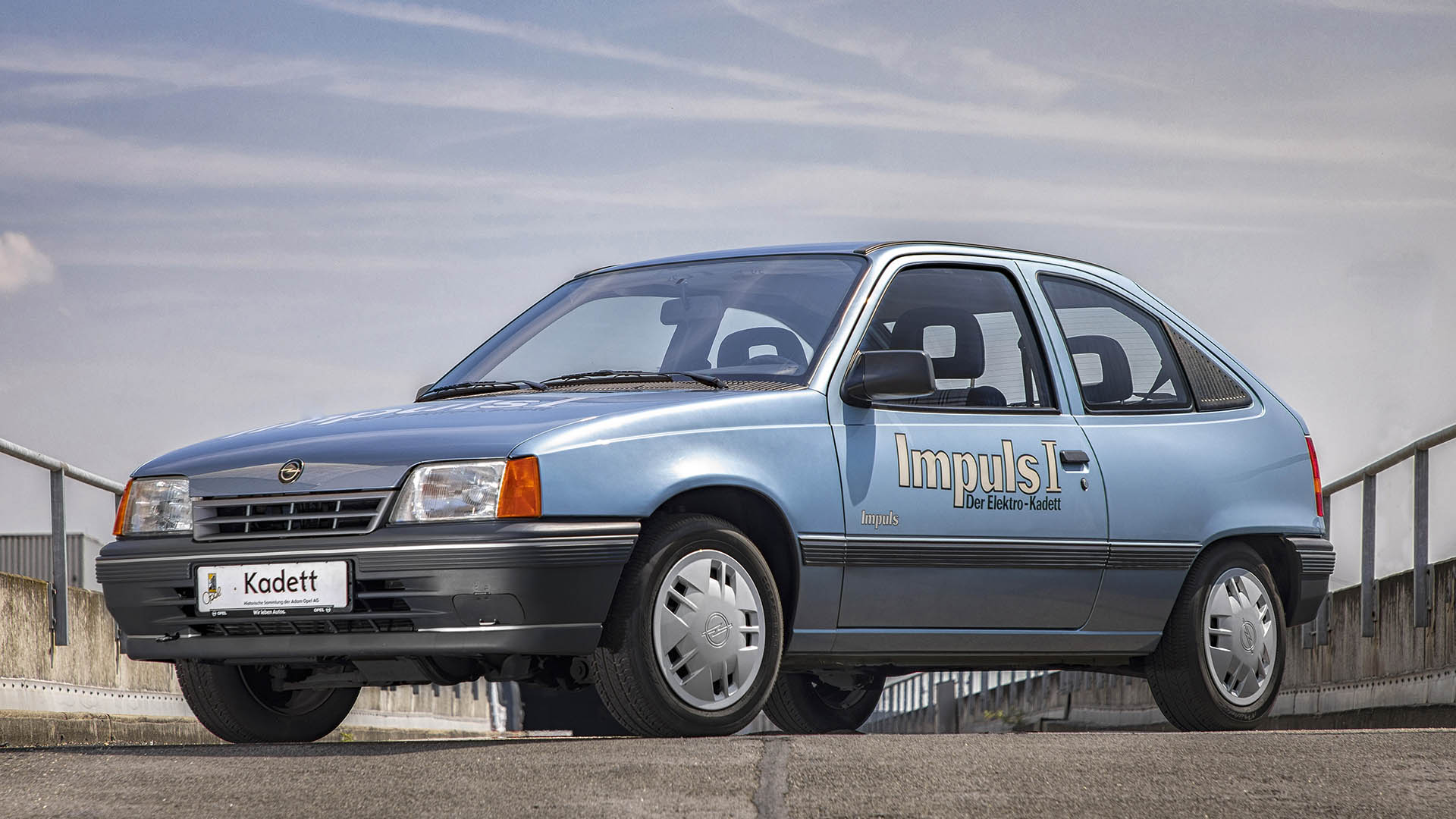
Opel Kadett Impuls I
© OpelMen (and women) can’t help acting on Impuls, apparently. In many ways, the Opel Kadett Impuls I is a forerunner to the current Vauxhall Corsa Electric. Unveiled in 1990, the Mk2 Astra/Kadett-based electric car was developed by Opel, the German energy company RWE and the battery manufacturer Saft. A 100-volt DC electric motor powered the front wheels, while 14.3kWh nickel-cadmium batteries delivered around 50 miles of range.
-
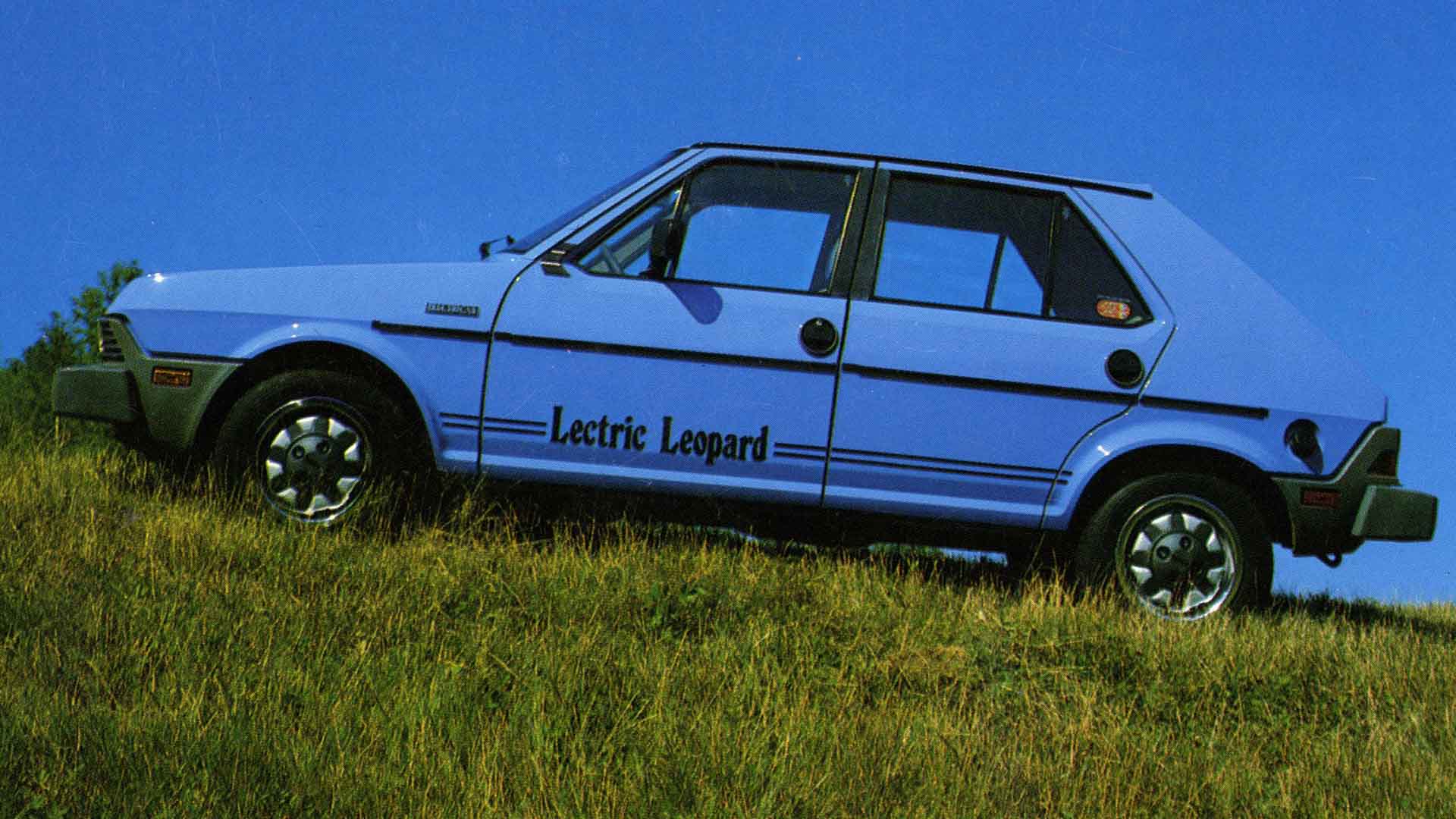
Lectric Leopard Fiat Strada
© LectricThe California-based U.S. Electricar was founded in 1976 and billed itself as the ‘pioneer in the manufacture of America’s finest electric automobiles’. By 1980, it was building demonstration cars under the banner of Lectric Leopard for the U.S. Department of Energy. The first Leopard was based on the Fiat Strada and offered 50 miles of range from its lead-acid batteries. It cost around $12,000, while a standard Strada retailed at $5,700.
-
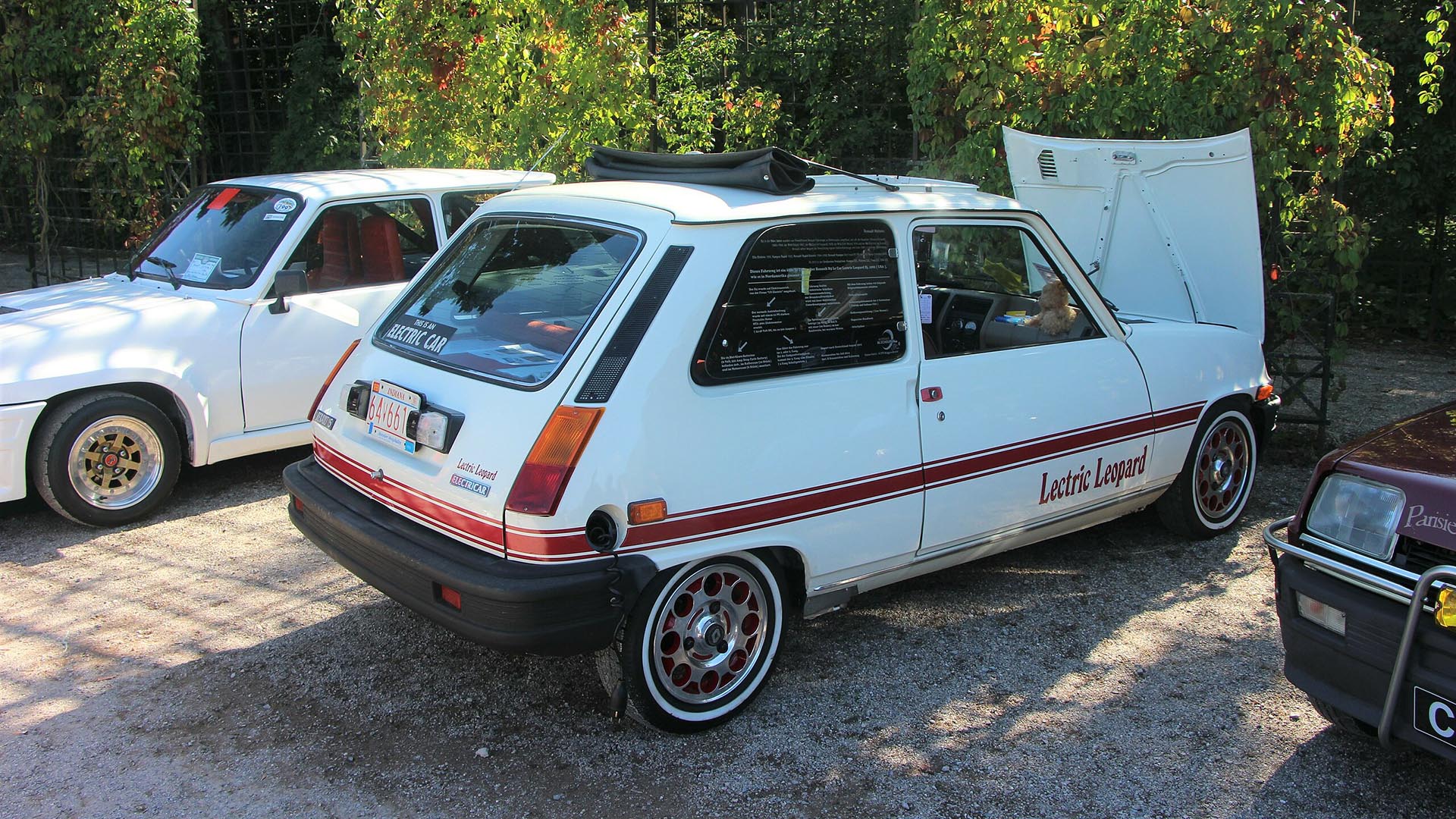
Lectric Leopard Renault 5 or Le Car
© Wikisympathisant – WikipediaU.S. Electricar also built a Leopard based on the Renault 5/Le Car, but neither it nor the Strada were able to spark an electric revolution. The company continued by selling electric carts and solar power units, before having another crack at the electric car market in the 1990s. It wanted to build 1,500 EVs based on the Geo Prizm and Chevrolet S-10, but sold fewer than 200 before being declared bankrupt.
-
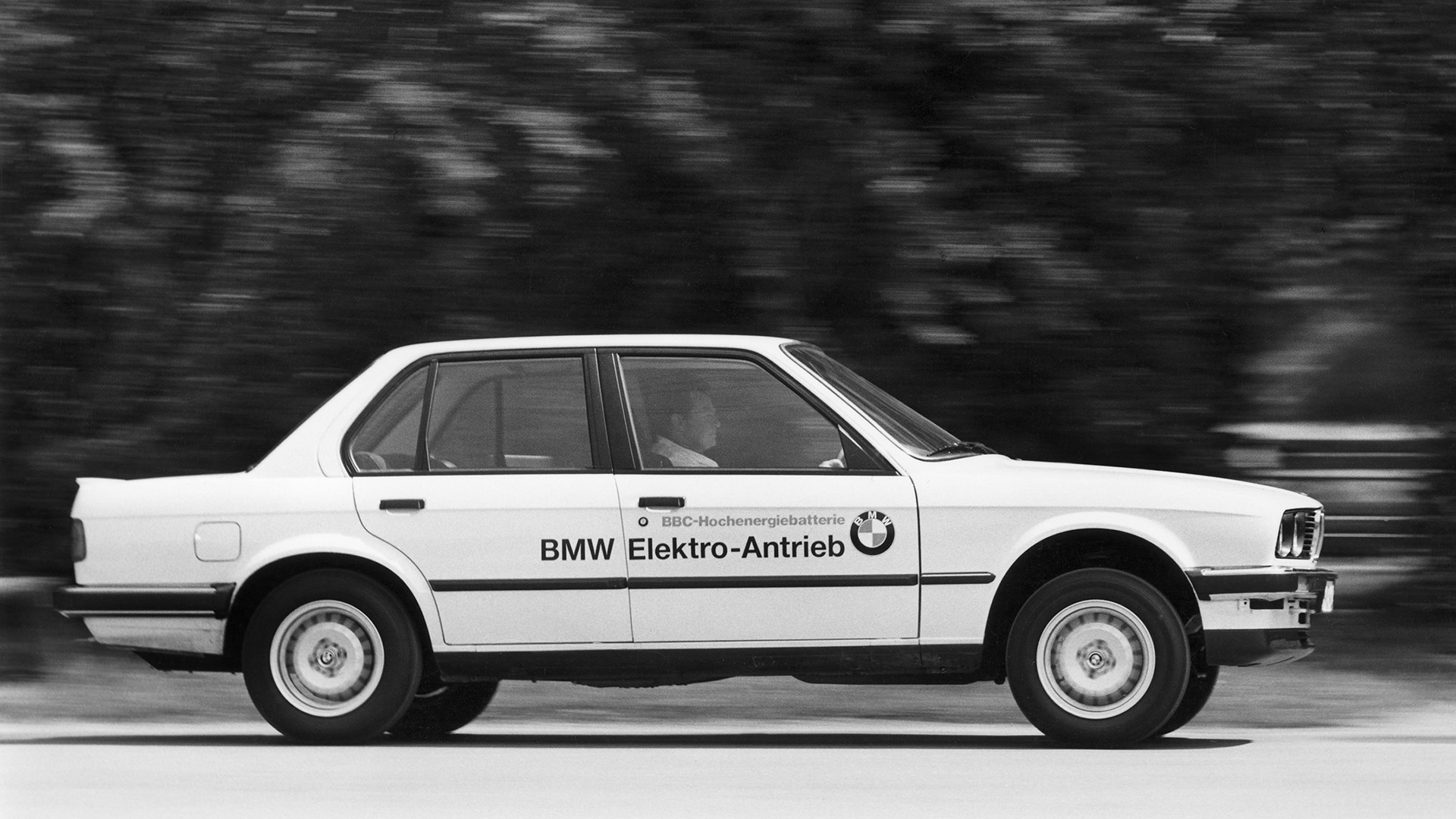
BMW 325iX
© BMWIn 1981, BMW embarked on an ‘Electric car with high-energy battery’ project, which led to eight BMW 325iX models being converted from all-wheel drive to front-wheel drive. They served as experimental vehicles for a new, maintenance-free sodium-sulphur battery, with an energy density three times greater than conventional lead-acid batteries. Deutsche Post took, ahem, delivery of an electrified E30 Touring for testing, while other electric E30s were used by state and local authorities.
-
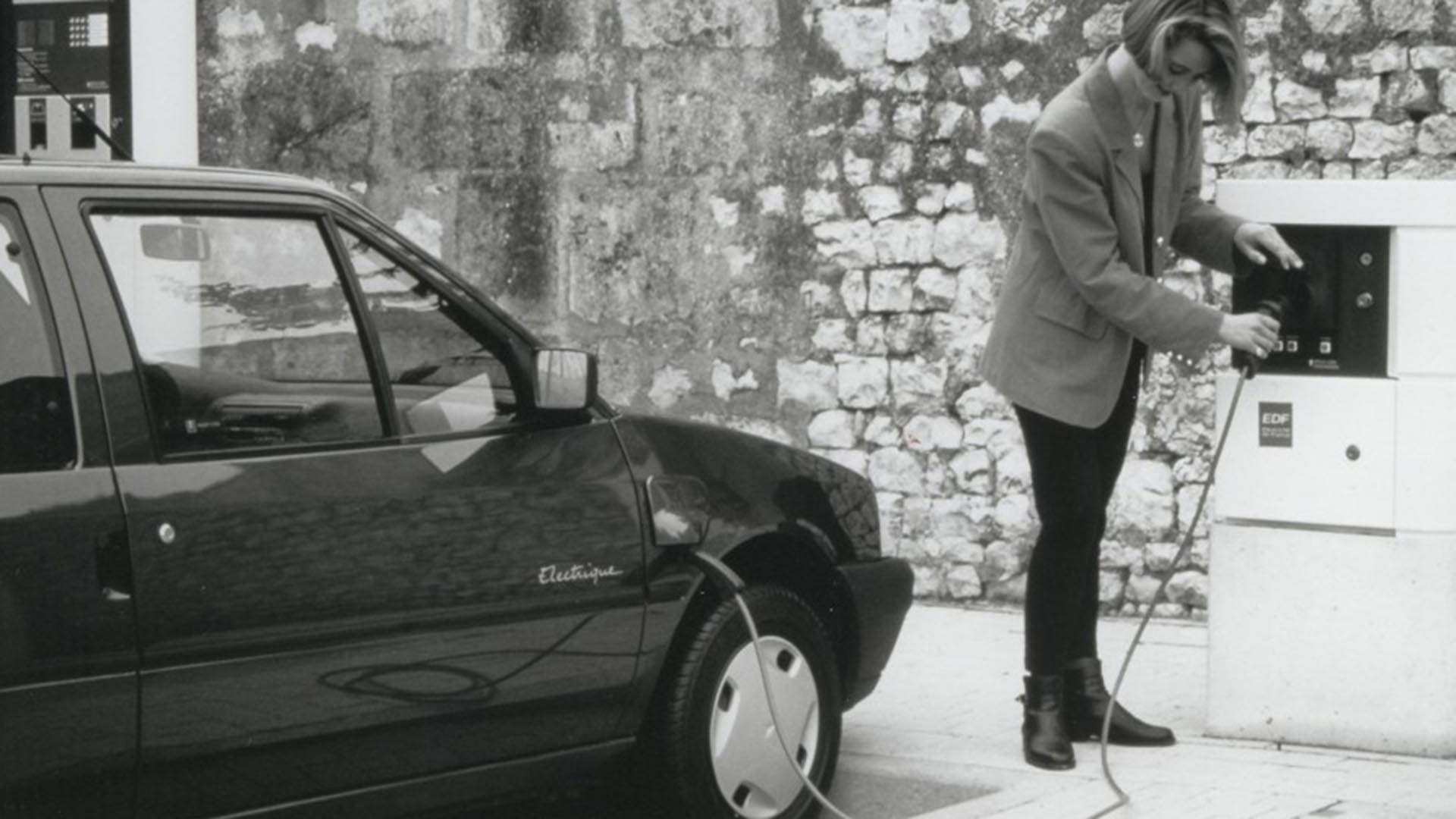
Citroen AX Electrique
© CitroenConverting a Citroen AX to electric made a lot of sense, not least because the innovative construction made it one of the lightest cars in its class. Less weight means more range, in theory. An ‘Energie’ dial was fitted in place of the rev counter, while a DC motor drew power from a block of nickel-cadmium batteries. It could reach 50 miles on a single charge and, as Citroen put it, ‘10 francs [were] enough to travel a hundred kilometres’. A total of 374 electric AXs were built between 1993 and 1996.
-
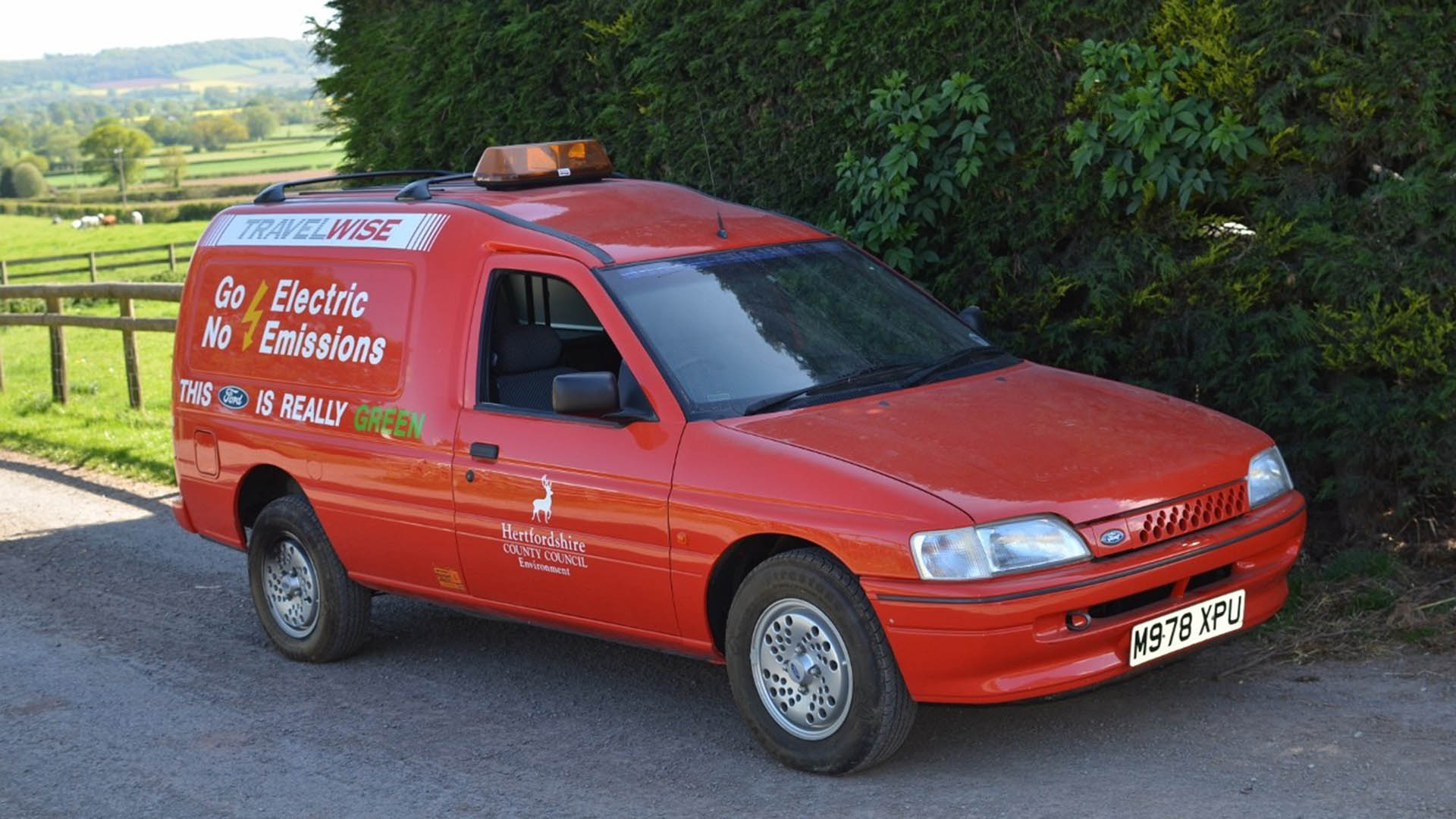
Ford Ecostar
© FordGreen Car Journal drove the Ford Ecostar in 1993 and called it ‘the most unique vehicle ever to hit Hollywood’s Sunset Strip’. Tests were conducted in the United States, Mexico and Europe, with each van boasting a 37kWh sodium-sulphur battery. According to U.S. figures, it was good for 100 miles, which must have pleased Postman Pat. The Ecostar pictured was used by Hertfordshire County Council before being donated to the Stondon Museum. It sold at a Brightwells auction in 2015 for just £1,500.
-
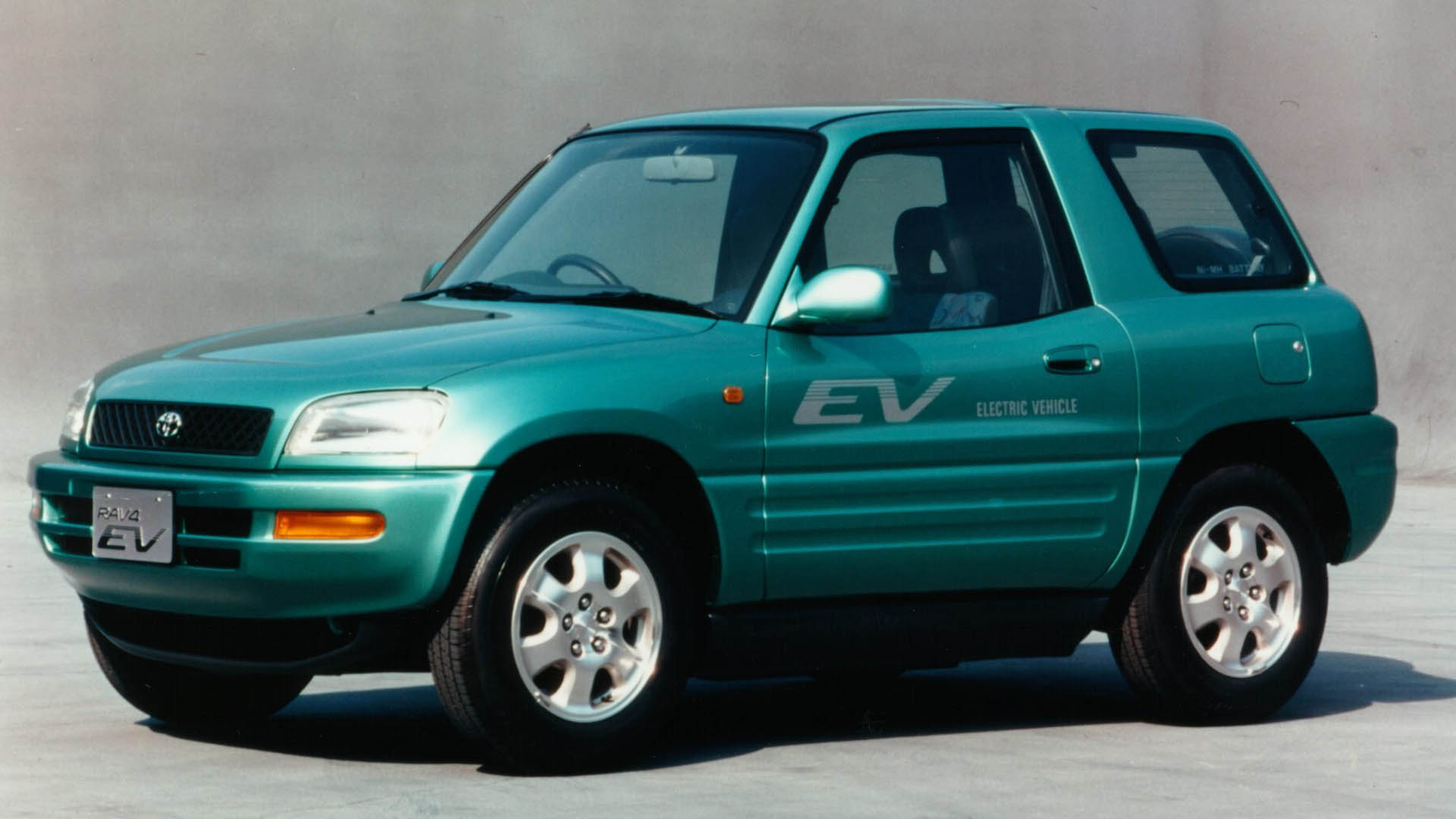
Toyota RAV4 EV
© ToyotaThe RAV4 EV went on sale in Japan in September 1996, before being made available to lease operators in the United States in October 1997. Closer to home, five RAV4 EVs were offered for hire to the public on the island of Jersey from spring 1997, with the project sponsored by the Jersey government, Jersey Electric Company, British Airways and five hotels. Tourists and residents could test the Toyota’s 124 miles of range for £30 a day.
-
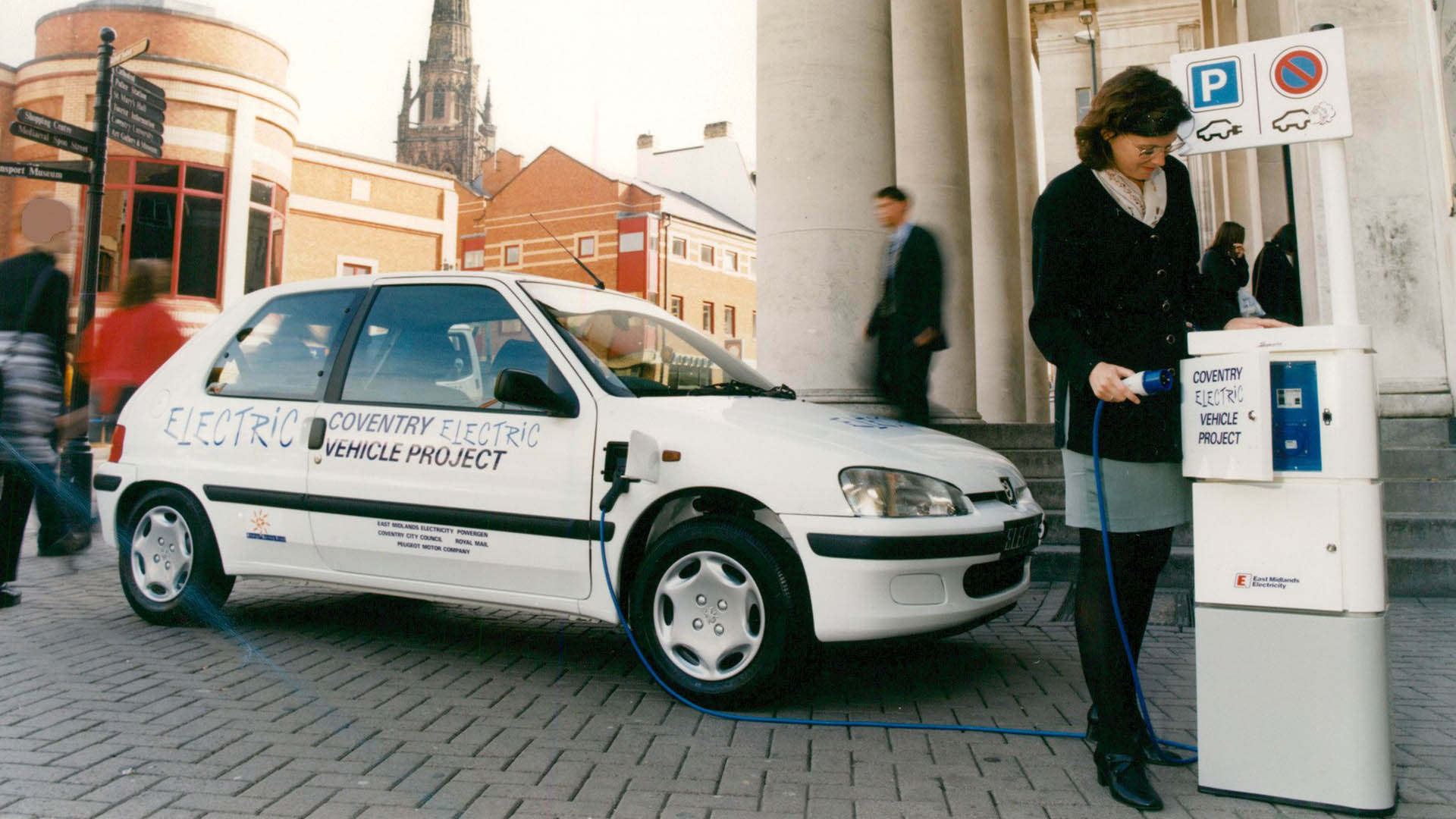
Peugeot 106 Electric
© PeugeotIn 1998, Peugeot became the first car manufacturer in Britain to offer electric vehicles on a commercial basis to fleet buyers. Along with Partner Electric vans, Peugeot offered a three-door 106 Electric for £11,645 plus VAT, the equivalent of £21,500 plus VAT in 2024. The price excluded the battery rental of £85 a month, but this didn’t deter three London boroughs from placing an order for 17 vehicles.
20 electric classics that failed to spark the EV revolution
We pick 20 of our favourite electric classic cars, including the GM EV1, BMW 1602 Electric and Citroen AX Electrique.
Home 20 electric classics that failed to spark the EV revolution
News
Driving home for Christmas 2025… in Chris Rea’s electric Mini
Built especially for Chris Rea, the EV-converted classic Mini will be sold directly from the Teesside-born singer's ownership.
Get Dakar-ready with this classic Range Rover – now up for auction
First used on the 1991 Paris-Dakar Rally, this competition-spec Range Rover was later driven by Dakar legend Patrick Tambay.
Tolman gives classic Mini Cooper S the restomod treatment
With its power output almost doubled, Tolman Engineering has overhauled this Mini Cooper S while preserving its classic character.
Features
Ferrari 250 GTO: Joe Macari on driving the ultimate classic car
The Ferrari 250 GTO is the world’s most revered classic car, with an eight-figure price tag to match. But what’s it like to drive?
A Ferrari for every budget: prancing horses up for auction
From a £25,000 Mondial to a rare, racing-spec F40, there’s a Ferrari for everyone at this weekend’s Autosport International sale
Supra heroes: the story of the Toyota Supra
As Toyota teases the new 2019 Supra, we look back at the history of this stylish sports coupe
Reviews
1990 Vauxhall Nova review: Retro Road Test
We time-travel back to 1990 with a basic Vauxhall Nova 1.2 Merit. How does it drive and what should you know about buying one?
1989 Mercedes-Benz SL R107 review: Retro Road Test
Produced from 1971 until 1989, the 'R107' Mercedes-Benz SL is an elegant and very laid-back classic convertible. Should you buy one?
Peel P50: driving the world’s smallest car
The Peel P50 was featured on Top Gear and holds the record for being the world’s smallest car. We sample a one-off convertible version.
